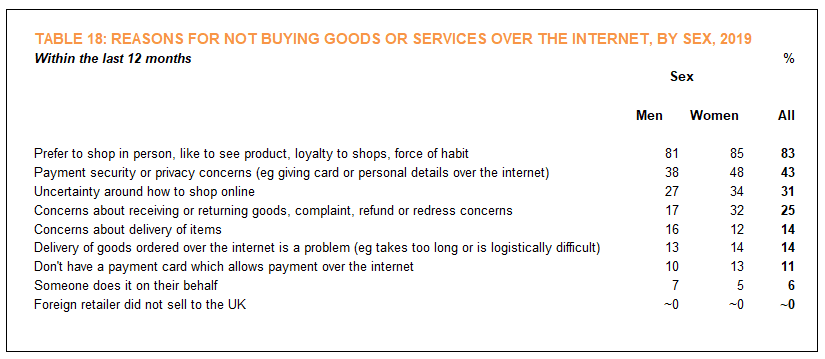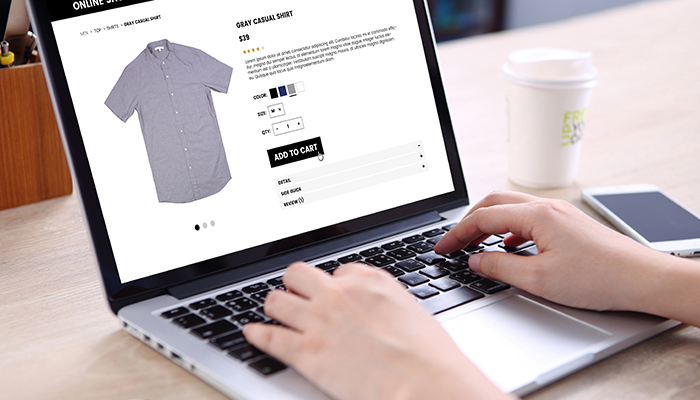
Gold in the Emerge-Tech Category!
24/08/2021Internet Usage
So far in 2019, 91% of adults in Great Britain have used the Internet with nearly half of the 75+ population being recent Internet users also (this figure has been steadily increasing since 2011). 99% of the 16-44 age bracket has also used the Internet in 2019 (virtually every single member of that demographic). Research has even found that one fifth of 16-24 year olds spend more than 7 hours per day online, every single day of the week. This is unsurprising as 16-24 year olds are the most active group on social media channels, with 98% regularly using platforms such as Facebook, Instagram and Twitter. Similarly, 97% regularly use instant messaging services such as WhatsApp and Snapchat (these figures are higher than usage from any other age bracket).
UK eCommerce Market
It’s clear from the above statistics that the UK is a very ‘active’ nation when it comes to general Internet usage, and the same can be said for online shopping; the UK is the third largest eCommerce market after China and the US, and is currently valued at £73B. On average, 85% of people in the UK have made an online purchase within the last 12 months, compared with only 62% making an online purchase in 2009.
What’s particularly interesting is that the 65+ age bracket has seen the biggest increase in online spending since 2009, the figure jumping from 16% to 54%. The groups which have seen the smallest increase in online spending are 25-34 and 35-44 – this is unsurprising considering that these demographics have traditionally had more disposable income than any other age bracket, thus being the most likely to engage in online spending without too much fluctuation.
Frequency of spend also supports this claim, as almost half of 25-34 year olds who have purchased online within the last 3 months have done so eleven times or more – this is higher than any other age bracket (35-44 isn’t far behind at 40%, and 45-54 at 39%). 25-54 year olds are also more likely to spend >£1,000 online than other age groups (despite the fact that 16-24 year olds spend more time on the Internet than any other group, they would have significantly less disposable income than 25-54 year olds and are therefore likely to spend less online).
It’s unsurprising that “Clothes & Sporting Goods” have consistently been the most popular items that have been purchased online over the last number of years, with 16-34 year olds being the most likely to make an online purchase from this category. “Household goods (e.g. furniture, toys, vehicles etc)” is the second most popular category, being dominated by 25-44 year olds – this is expected, as buying a house and having children is most likely to occur during this stage of a person’s life. Research has also shown that Women are more likely to make purchases from these categories than Men are.
Despite roughly 85% of UK residents making at least one online purchase within the last year, it’s interesting to look at the remaining 15% and note the reasons behind not making an online purchase. Here is the breakdown:

Outlook for eCommerce in the UK…
It’s clear that eCommerce is still on the rise, and it’s forecasted that there will be >50M UK online shoppers by 2022 – but how is Brexit going to impact this? It’s looking more and more likely that the UK is heading for a no-deal exit from the EU, so what will this mean for retailers? How will this affect orders being shipped internationally? Will consumers be prepared to pay VAT and import tariffs? Only time will tell.









